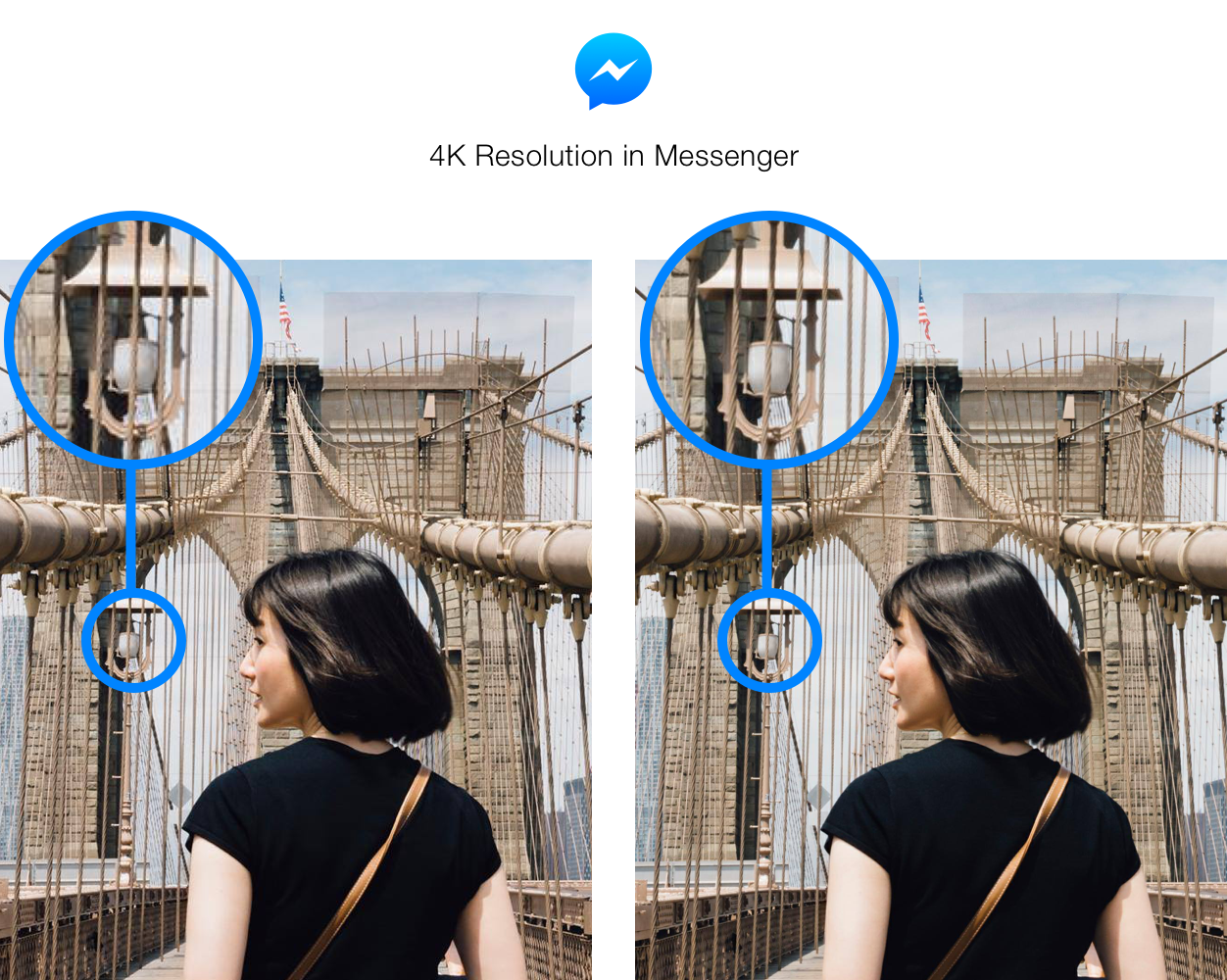Sending images and videos through instant messaging apps has never been the most ideal solution. Most of the time, you might find that those images end up heavily compressed—many of these apps were launched in an age where high-speed Internet might not have been within everyone's reach. Now, Facebook Messenger is rolling out HD photos in conversations.
Facebook Messenger has officially announced that it will be becoming a better tool for sending and receiving high-definition images. Now, whenever you send someone a picture, you will be able to select a toggle to send the image in HD. By selecting this toggle, the image will be compressed considerably less, and will thus be sent at much higher quality. Previously, the way to send an image in "full-resolution" was to send it as a file, exactly the way you would send something like a PDF file. We are not sure whether the HD toggle means the full resolution or slightly less than original resolution, but either way it's an improvement.

We should note here that an identical toggle was added to WhatsApp a number of weeks back, so this seems to be something Meta is doing across the board. The inclusion of the feature in Facebook Messenger, however, is interesting because the app is much more frequently used in the US. A lot of users are still forced to message users through SMS/MMS, which offers absolutely awful quality as far as image sending goes, so Facebook Messenger is one alternative users can check out if they want to send their friends and loved ones high-quality images.
Other additions in this update include the ability to share your Facebook Messenger contact using a QR code, making photo albums within chats, and sending videos up to 100MB. The last part is also useful in the same vein as HD images, as a lot of the time you would have to rely to email to send larger videos.
Make sure to update your app to check out all of these new features. It might take a few days or weeks for these features to make it to your device.
Source: Meta
